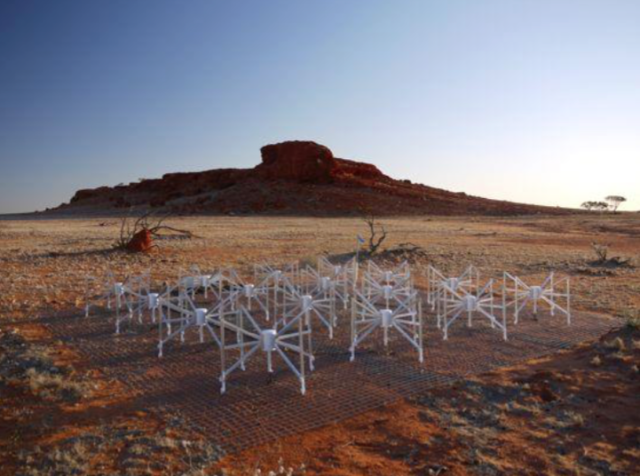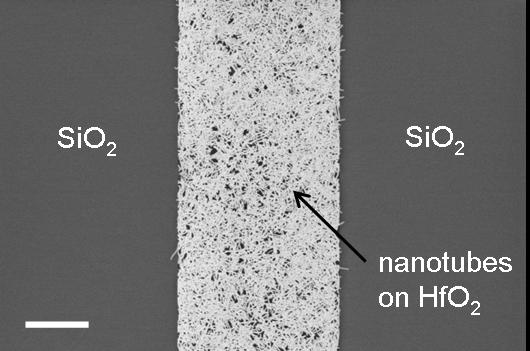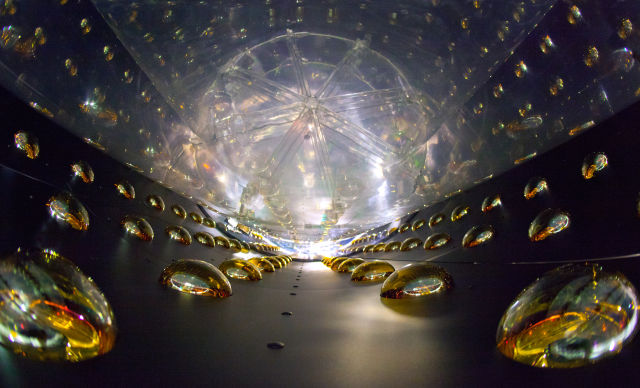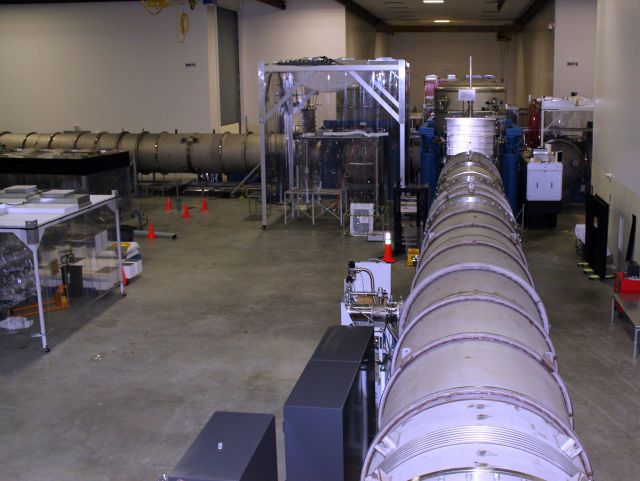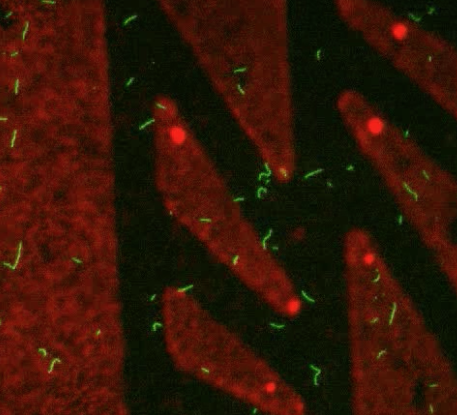
Actin fibers, labeled in green, moving across a collection of myosin. (credit: Nicolau lab, McGill University)
Quantum computers get a lot of people excited because they solve problems in a manner that's fundamentally different from existing hardware. A certain class of mathematical problems, called NP-complete, can seemingly only be solved by exploring every possible solution, which conventional computers have to do one at a time. Quantum computers, by contrast, explore all possible solutions simultaneously, and so these can provide answers relatively rapidly.
This isn't just an intellectual curiosity; encryption schemes rely on it being too computationally challenging to decrypt a message.
But as you may have noticed, we don't yet have quantum computers, and the technical hurdles between us and them remain substantial. An international team recently decided to try a different approach, using biology to explore a large solution space in parallel. While their computational machine is limited, the basic approach works, and it's 10,000 times more energy-efficient than traditional computers.


